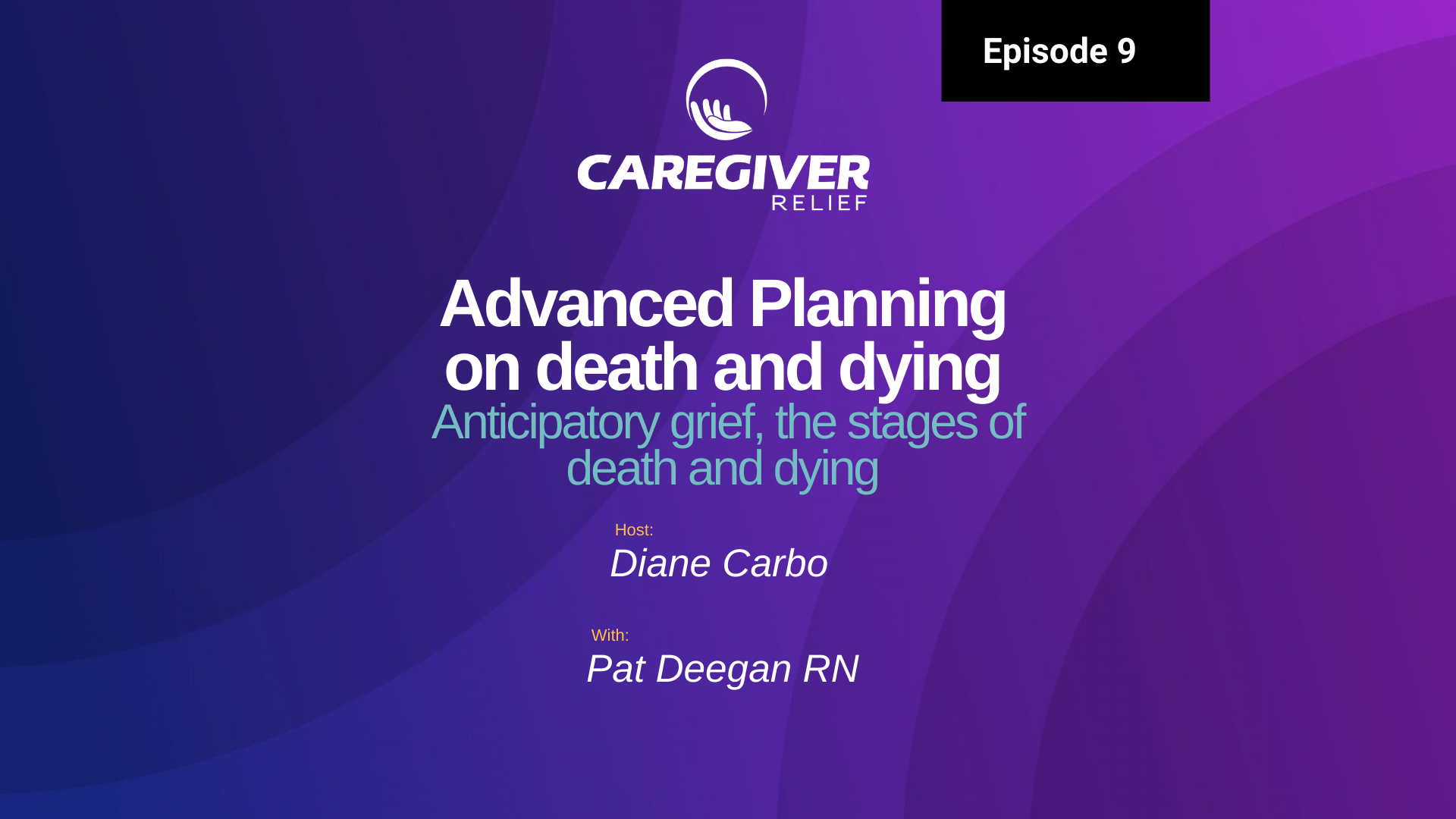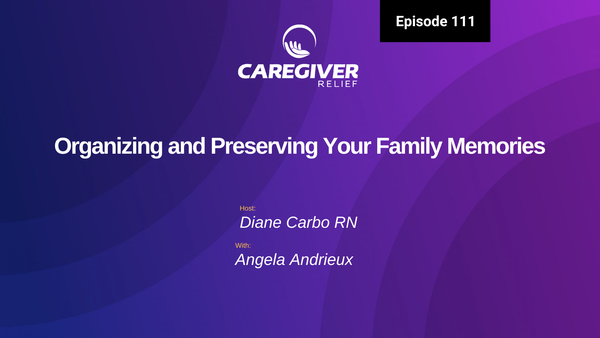Exploring an Alternative to a Feeding Tube: A Compassionate Approach for Patients with Dementia
Exploring Alternatives to Feeding Tubes in Dementia Care: A guide focusing on comfort, dignity, and quality of life, balancing nutrition with the unique needs of advanced dementia patients

My mom has dementia and problems with her esophagus due to diverticulitis, which has stopped her from eating normal foods. She never listened to my advice to stop eating everything she wanted, and now she has ended up in the hospital CCU with aspiration pneumonia. She failed the swallow test three times, so they put in a feeding tube for her. She was very active before, and if not for her dementia, I would say that the feeding tube is very beneficial for her. However, I do not know what will happen now, as she probably will not understand why this was done or why she can no longer eat normally. I would not want this for myself, but my kids were not allowing me to stop feeding her. I feel miserable and sorry for her. She has lived with us for 15 years, but now I have no idea how to take her home.
-Jane

Dear Jane,
I'm truly sorry to hear about the challenges you and your mom are facing. Dealing with a loved one's advanced dementia and complications like diverticulitis and aspiration pneumonia is undoubtedly difficult, and the decision to use a feeding tube adds another layer of complexity to an already challenging situation.
In cases of severe dementia, where a cure is not the objective, the use of life-sustaining treatments like feeding tubes needs careful consideration. While these tubes can be vital for patients with conditions where recovery or stabilization is anticipated (like head and neck cancer or certain neurological disorders), their benefits in advanced dementia are less clear.
As the body nears the end of life, it naturally starts to shut down, including a reduced need for food and water. Force-feeding, whether orally or through tubes, can be more uncomfortable than helpful, leading to complications such as aspiration pneumonia, which your mom has unfortunately already experienced. It's also important to note that in the final stages of life, the body does not experience hunger and thirst as it does when healthy.
For someone with swallowing problems but who can still ingest some food, careful hand feeding is a compassionate alternative. This approach respects the patient's pace and preferences. Even small amounts of food or sips of water can be adequate in meeting the patient's needs at this stage.
Feeding tubes come with their risks, including infection, accidental dislodging, and the need for ongoing care and monitoring. In severe dementia, these risks can sometimes outweigh the benefits.
In terms of taking care of your mom at home, it’s important to seek support from healthcare professionals. They can guide you on managing the feeding tube and provide advice on ensuring her comfort and quality of life. Additionally, support groups and counseling can be invaluable for you and your family as you navigate these challenging times.
Your situation is complex, and there are no easy answers. However, focusing on your mom's comfort and quality of life, rather than just prolonging it, is often the most compassionate approach. Please know that you're not alone, and seeking guidance from healthcare professionals, support groups, and counselors can provide you with the support you need during this difficult time.
Here is more information to help you make an educated decision on this topic.
Warm Regards,
Diane Carbo RN
Caring for a loved one can be overwhelming — but you're not alone. If you have questions, big or small, our expert team is here to help.
👉 Click here to Ask the Expert
More on ... Exploring Alternatives to Feeding Tubes: A Compassionate Approach for Patients with Dementia
When faced with the challenging decision of how to best care for a loved one with advanced dementia, particularly when they can no longer eat independently, families and caregivers often consider the option of a feeding tube. This includes methods such as percutaneous endoscopic gastrostomy (PEG), nasogastric (NG) tube, or jejunostomy tube (J-tube). However, it's crucial to understand the distinction between life-sustaining and curative treatments, the natural process of dying, and the misconceptions about hunger and pain in the final stages of life.
Life-Sustaining vs. Curative Treatment
Life-sustaining treatments, such as various forms of feeding tubes including percutaneous endoscopic gastrostomy (PEG) tubes, nasogastric (NG) tubes, and jejunostomy (J) tubes, are primarily aimed at prolonging life. These interventions are particularly significant in cases where the underlying condition doesn't have a curative treatment. For instance, in severe or advanced dementia, the focus of care often shifts from attempting to cure to prioritizing the patient's comfort and overall quality of life.

In conditions like head and neck cancer, or amyotrophic lateral sclerosis (ALS), where there's a potential for recovery or at least stabilization, feeding tubes can play a crucial role. They provide necessary enteral nutrition, maintaining the patient’s nutritional status and improving functional status, which can be pivotal in the overall treatment and recovery process. The placement of a PEG tube or a J-tube, for instance, allows for direct delivery of nutrition to the stomach or small intestine, bypassing swallowing problems that might be caused by head and neck cancer or neurological impairment from ALS.
Advanced Dementia Parenteral Nutrition
However, in the context of advanced dementia, the benefits of feeding tubes become less clear. Patients suffering from severe dementia often experience a natural decline in their ability to eat and digest food, which is part of the broader decline in their functional status. In such cases, the insertion of a feeding tube – whether it's a PEG tube, a gastrostomy tube, or an NG tube – might not significantly improve their quality of life. In fact, it can sometimes lead to complications like aspiration pneumonia, pressure sores, or gastroesophageal reflux, especially if the tube feeding goes against the natural decline of the body's needs.
Furthermore, the decision to use a feeding tube can be emotionally taxing and time-consuming for the caregivers, often requiring long-term follow-up and management. It's also a significant decision in the clinical practice of caring for older adults with advanced dementia. The procedure for placing feeding tubes, such as PEG placement or NG tube insertion, although relatively quick and performed under local anaesthetic, carries potential complications. These can include infection at the insertion site on the abdominal wall, accidental dislodging of the tube, and discomfort to the patient.
An alternative to tube feeding in advanced dementia is assisted oral feeding. This involves careful hand feeding, which respects the patient's remaining abilities and preferences. It's a more natural way of providing nutrition and hydration, and it aligns with the goal of maximizing comfort and quality of life. Assisted oral feeding can be less invasive and more in tune with the patient's wishes, especially if they had expressed a desire to avoid invasive treatments.
In conclusion, while feeding tubes play a vital role in certain medical conditions, their use in patients with advanced dementia requires careful consideration of the potential benefits and drawbacks. The decision-making process should involve a thorough understanding of the patient's overall health status, the progression of their dementia, and, crucially, their wishes and those of their families. Balancing these factors is key to providing compassionate and appropriate care for patients with severe dementia.

Understanding the Death and Dying Process
As individuals approach the end of life, particularly in the context of serious illnesses like advanced dementia, severe head and neck cancer, or amyotrophic lateral sclerosis (ALS), their bodies begin a natural process of shutting down. This phase is characterized by a diminished need for food and water, reflecting a decrease in the body's metabolic demands. It's a part of the natural progression towards the end of life and is often misunderstood.
In clinical practice, especially in palliative care, it's recognized that force-feeding, whether through oral feeding or more invasive methods like tube feeding (using percutaneous endoscopic gastrostomy [PEG] tubes, gastrostomy tubes, nasogastric [NG] tubes, or jejunostomy [J] tubes), can be more detrimental than beneficial in this stage. The administration of artificial nutrition and hydration via these tubes, intended to improve nutritional status or extend life, can inadvertently lead to discomfort and potential complications. These complications include aspiration pneumonia, a risk particularly high in patients with swallowing problems or reduced consciousness; pressure sores, resulting from immobility and the body's decreasing ability to heal; and gastroesophageal reflux, which can be painful and distressing.
Alternative to Tube Feeding
The alternative to invasive feeding methods, such as careful hand feeding or assisted oral feeding, aligns better with the goal of providing comfort during end-of-life care. This approach involves offering small amounts of food or fluids, like ice chips or sips of water, tailored to the patient's ability to swallow and digest. This method respects the patient's dignity and comfort, focusing on their current abilities and preferences.
In situations where patients suffer from conditions like severe dementia or advanced stages of cancer, where the focus is on comfort rather than cure, the decision-making process regarding nutrition and hydration becomes complex. It involves considering the patient's overall functional status, the potential risks and benefits of different feeding methods, and, importantly, the patient's previously expressed wishes, if available.
The use of enteral nutrition methods, such as PEG tube placement, NG tubes, or even more advanced options like percutaneous endoscopic jejunostomy (PEJ) or nasojejunal tubes, is often a decision made in the context of hospitalized patients with the intention of improving nutritional status or preventing further health complications like malnutrition or dehydration. However, in the context of end-of-life care, particularly for older adults or those with severe chronic conditions, these interventions might not align with the goals of patient-centered care.
In summary, understanding the natural process of dying and the body's changing needs during this time is crucial in making informed and compassionate decisions regarding nutrition and hydration. The focus should shift from extending life at all costs to ensuring quality of life and comfort, respecting the patient's dignity and wishes. This understanding is vital in guiding the decision-making process, ensuring the best possible care for patients in their final days.
Misconceptions About Hunger and Pain in End-of-Life Care
A prevalent misconception in end-of-life care is the fear that without the aid of feeding tubes, such as percutaneous endoscopic gastrostomy (PEG) tubes, nasogastric (NG) tubes, or jejunostomy (J) tubes, patients will inevitably suffer from hunger and pain. This concern often leads caregivers and family members to opt for these interventions, under the impression that they are fulfilling a fundamental human need for nutrition and hydration. However, this understanding does not fully align with the physiological changes and needs of patients in end-of-life care, especially those with severe illnesses like advanced dementia or terminal cancer.
Palliative Care Clinical Studies
Clinical studies and practices in palliative care have shown that the natural decline in appetite and metabolism during the end-of-life phase means the body's experience of hunger and thirst is markedly different from that of a healthy individual. In this stage, the body is gradually slowing down, and its requirements for food and water decrease significantly. As a result, the provision of artificial nutrition and hydration through enteral feeding methods, such as PEG tubes or gastrostomy tubes, may not provide comfort or improve the quality of life for these patients. Instead, these interventions can sometimes lead to complications like aspiration pneumonia, gastroesophageal reflux, or pressure sores, particularly in patients with swallowing problems or reduced mobility.
An alternative to tube feeding in such cases is assisted oral feeding. This method involves carefully hand-feeding patients with what they can comfortably consume, whether it be small amounts of their favorite foods, ice chips, or sips of water. This approach respects the patient's current physical abilities and wishes, focusing on providing comfort and enjoyment rather than solely on maintaining nutritional status or extending life. Assisted oral feeding also allows for a more personalized and dignified form of care, acknowledging the patient's preferences and previous lifestyle choices.
Furthermore, in patients with severe conditions like head and neck cancer or ALS, where enteral nutrition might initially be necessary due to specific treatment needs, transitioning to more comfort-focused care as the disease progresses is important. This transition may involve reassessing the continued use of feeding tubes, weighing the potential benefits against the risk factors and potential complications, especially as these patients approach the end-of-life stage.
Understanding the unique needs of patients in end-of-life care is crucial in addressing misconceptions about hunger and pain. The decision-making process should involve a careful consideration of the patient’s current state, long-term outcomes, and, importantly, their expressed or inferred wishes. By prioritizing comfort and quality of life, caregivers can provide the most compassionate and appropriate care for their loved ones during this critical stage.
Alternatives to Feeding Tubes
Assisted Oral Feeding:
For patients with swallowing problems but who can still ingest some food, careful hand feeding is a compassionate alternative. This approach respects the patient's pace and preferences, potentially improving their quality of life.

Attention to Comfort and Oral Care:
Ensuring that the mouth is clean and moist can provide significant comfort to patients, even when they cannot eat in the traditional sense.
Monitoring and Managing Pain and Other Symptoms:
This is critical in end-of-life care. Appropriate palliative care can significantly improve a patient’s quality of life.
Family and Caregiver Support and Counseling:
Deciding against a feeding tube can be emotionally challenging. Mental health support for families and caregivers is an essential part of the care process.
Risks and Considerations in Feeding Tube Placement
The placement of feeding tubes, including percutaneous endoscopic gastrostomy (PEG) tubes, nasogastric (NG) tubes, and jejunostomy (J) tubes, is a medical intervention that is not without its risks and complications. These risks can be particularly pronounced in patients with severe or advanced dementia, where the potential benefits of tube feeding need to be carefully weighed against these risks.
One of the primary risks associated with feeding tubes is infection at the insertion site. This risk is heightened when the tube is placed through the abdominal wall, as in the case of PEG tubes or gastrostomy tubes. The procedure, typically performed under local anaesthesia, involves creating an opening in the abdomen to insert the tube directly into the stomach or small intestine. This invasive process can lead to infections, which are a significant concern, especially in hospitalized patients who may already have compromised immune systems.
Accidental dislodging of the tube is another common complication. This can occur due to patient movement, confusion (often seen in severe dementia), or improper securing of the tube. Dislodgement not only necessitates a repeat of the placement procedure, often under stressful circumstances, but also poses a risk of injury to the patient.
The procedure of placing feeding tubes itself can have complications. While generally considered a quick and safe procedure, there are risks associated with the insertion, such as injury to surrounding organs or blood vessels. These complications can be serious and require immediate medical attention.
Long-term follow-up and care are essential for patients with feeding tubes. This includes regular monitoring of the tube's position, the insertion site's condition, and the patient's overall nutritional status and hydration levels. In patients with conditions like advanced dementia, this ongoing care can be challenging and time-consuming, often requiring dedicated resources and trained caregivers.
In the context of enteral nutrition, the goal is often to improve or maintain the patient's nutritional status. However, in patients with severe dementia or other serious illnesses, the focus of care might shift from extending life and improving functional status to ensuring comfort and quality of life. In such cases, the risks associated with feeding tubes, including the potential for causing pressure sores, gastroesophageal reflux, or even aspiration pneumonia due to improper feeding, might outweigh the benefits.
An alternative to traditional tube feeding in certain cases could be assisted oral feeding, which involves careful hand-feeding of patients based on their ability and willingness to eat. This method respects the patient's wishes and can often provide adequate nutrition and hydration without the risks associated with invasive feeding methods.
In conclusion, the decision to use a feeding tube in patients, particularly those with severe dementia, requires a careful evaluation of these risks and considerations. The decision-making process should involve a thorough understanding of the patient's overall health status, the progression of their illness, and, importantly, their wishes and those of their families. Balancing these factors is key to providing appropriate and compassionate care.

The Importance of Respecting the Patient's Wishes
Where possible, the patient's wishes, previously expressed through living wills or advance directives, should guide decision-making. In cases where this is not possible, families and caregivers must make decisions based on what they believe the patient would have wanted, often a challenging and emotional process.
Conclusion
In conclusion, while feeding tubes are an important medical tool for certain conditions, their role in the care of patients with advanced dementia is more complex. The focus should be on the quality of life, comfort, and dignity of the patient. Alternative approaches, such as assisted oral feeding and comprehensive palliative care, are often more aligned with these goals. Families and caregivers must be supported in making these difficult decisions, with clear, compassionate information and guidance from healthcare professionals.
You might also like this article:











